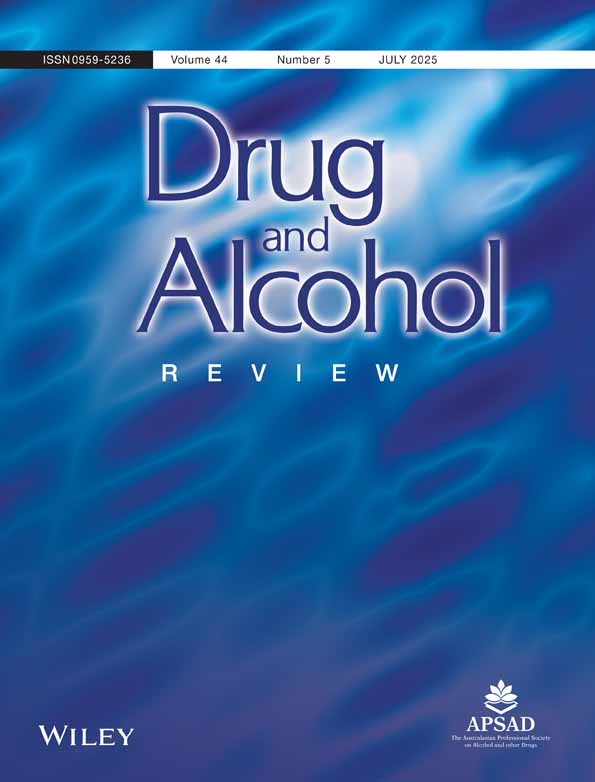Alcohol Use Disparities Among Transgender and Nonbinary Adults: An Intersectional Investigation
Funding: This work was supported by National Institute on Alcohol Abuse and Alcoholism (R21AA030350).
ABSTRACT
Introduction
This study examined an intersectional perspective on alcohol use disparities within transgender and nonbinary (TGNB) adults.
Methods
We examined the data from the 2015 U.S. Transgender Survey (N = 27,715), a cross-sectional, nationwide survey of TGNB adults. The number of drinking days and the number of binge-drinking days were primary outcomes. Analyses followed a multilevel analysis of individual heterogeneity and discriminatory accuracy approach to examine alcohol disparities across gender identities (transgender, nonbinary and crossdresser) and intersections with race/ethnicity, age, sex assigned at birth and dis/ability status.
Results
Significant identity-related differences existed within TGNB communities across all facets of identity. Relative to the sample average, individuals at the intersection of White and crossdressers reported elevated levels of alcohol use. Further, effects were most pronounced across combinations of transgender, nonbinary, White and Black participants to accurately describe alcohol risk in subpopulations relative to examining risk associated with each one of these identities independently.
Discussion and Conclusions
Disparities in alcohol use among TGNB adults are best understood from an intersectional perspective. Affirming public health initiatives for alcohol use should consider identity-related differences across TGNB communities.
Scientific Significance
Results provide the first evidence that alcohol use disparities exist across gender and intersecting identities in a large sample of TGNB adults. Findings lay the groundwork for future research examining mechanisms responsible for these disparities.
Conflicts of Interest
The authors declare no conflicts of interest.
Open Research
Data Availability Statement
The data that support the findings of this study are openly available in ICPSR at https://www.icpsr.umich.edu/web/RCMD/studies/37229, reference number ICPSR 37229.




